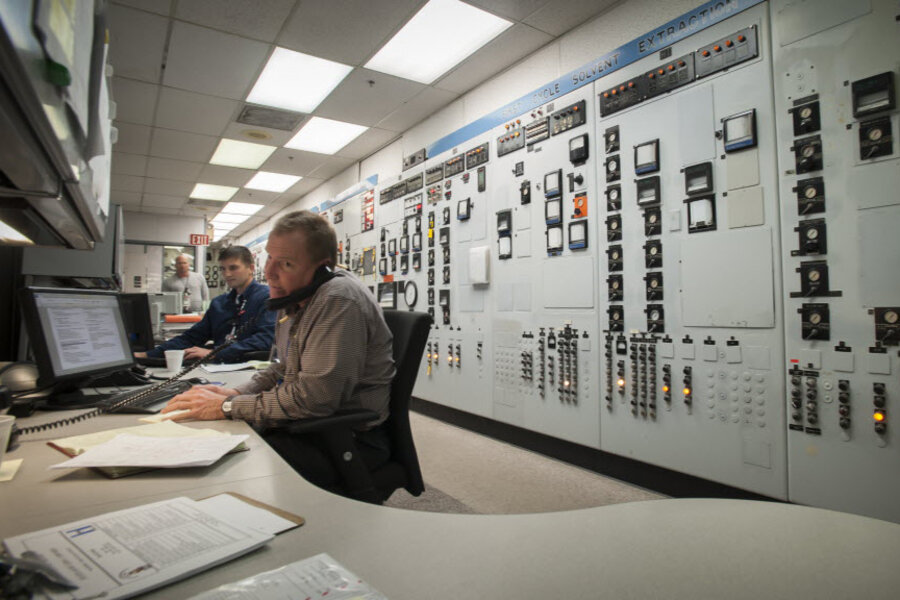'All clear' at nuclear facility after bomb scare: What is Savannah River?
Loading...
A delivery truck at the Savannah River Site caused a panic before officials declared the area safe Monday evening, police said.
Officials declared an emergency at the nuclear site located in Aiken, S.C., on the Savannah River, after a bomb-sniffing dog detected possible explosive residue on a truck.
Law enforcement agencies from South Carolina and Georgia were called on the scene to assist on-site security guards comb through the former bomb-making site for two hours.
Site barricades were closed to incoming traffic though there was no indication of a consequence beyond the facility’s boundaries, officials said on their Facebook Page.
Finding nothing inside the truck, officials opened the facility and the site returned to normal activities at 5:52 p.m., officials said.
The Savannah River Site, which is owned by the US Department of Energy was built in the early 1950s, first in producing nuclear materials in support of United State’s defense weapons programs. After the Cold War ended, the facility was used to stabilize nuclear materials and spent nuclear fuel from the site, as well as from foreign and domestic research reactors.
Last week, the facility celebrated 60 years of service to the United States and in a speech to employees at the site during the event, US Congressman Joe Wilson (R) of South Carolina said, “For 60 years, the Canyon has supported this country’s nuclear material needs,” said Mr. Wilson.
“There is no other place in the United States that has served our nation in this way. During the Cold War, it was involved with nuclear material production, significantly contributing to a victory for democracy. Today, H Canyon proves that it is a great asset to our nation by helping to keep nuclear materials in a safe and secure location, and I am grateful for their dedicated, capable employees.”
The site has also produced plutonium for NASA to use in space exploration and uranium for electricity production.
Six towns were moved to make way for the 310-square-mile Savannah River Plant which is now known as the Savannah River Site.
Currently, the industrial complex focuses on environmental cleanup, waste management and disposition of nuclear materials, as well as Department of Energy’s missions in national security, energy independence, and innovative technology.
This report contains material from the Associated Press.







